Media | Articles
Homegrown: The V-8 dream machines of a retired Big Three engineer
Welcome to Homegrown—a new limited series about homebuilt cars and the ingenuity of their visionary creators. Know a car and builder that might fit the bill? Send us an email at tips@hagerty.com with the subject line HOMEGROWN. Read about more Homegrown creations here. —Ed.
Constructing a car at home rarely proceeds beyond the dream stage for most enthusiasts, but Bob Elton of Ann Arbor, Michigan, has two running and driving homebuilts to his credit. Over a span of 15 years, in his spare time, this 75-year-old Hagerty member, automotive engineer, and craftsman designed and constructed the two machines shown here. Each wears fiberglass coachwork atop a steel frame, and each is powered by a General Motors V-8 driving the rear wheels through a Hydramatic transmission.
Elton has been retired for seven years, but he began his career in 1965 as a Hydramatic co-op student—a young engineer on loan to GM as part of school. In the mid-1970s, he ran an independent car-repair and fabrication shop, then earned his degree from the University of Michigan. Over a 50-year career in engineering, he worked for Chrysler, Ford, and GM, plus a few suppliers and consultants.
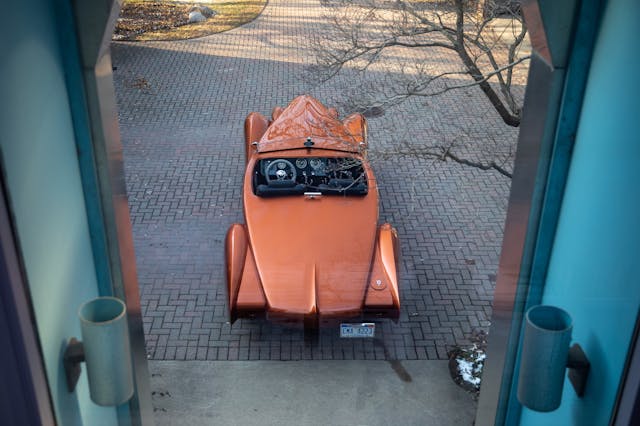
During that career, Elton was able to get time on manufacturer-owned CATIA computer-aided-design (CAD) software, to shape his bodywork. “The first step,” he says, “was designing a vertical cross-section every 10 inches or so, the full length of each body. In addition to accommodating the driver and passenger, my bodywork had to package the mechanical equipment while embodying the interior and exterior aesthetics I sought. After drawing sketches for years, I spent a year or so per project, advancing my concepts to CAD shapes.”
When he was satisfied with those shapes, Elton printed out the outline of each body cross-section, then glued each outline to a piece of thin plywood. After cutting each of those pieces to match, he assembled them atop a surface plate, to form a full-scale body buck. Gaps between the panels were filled with styrofoam. Pound after pound of plaster followed, to perfect surface details—first rough plaster, then patching plaster, then drywall mud. The result was sanded smooth, then painted with lacquer and polished to facilitate inspection of surface highlights. To perfect the car’s aesthetic, Elton deviated from his original CAD drawings in select places.
Marketplace
Buy and sell classics with confidence
This was Elton’s Roadster as full-scale model. That model was handed off to a subcontractor, who created both body molds and finished fiberglass panels. The main body, including the hood and four separate fenders, was completed in 2011. The car’s steel frame, Elton says, incorporates sections from the frames of both a Chevrolet Caprice and a Chevy S-10 compact pickup. His final layout “provided a 126-inch wheelbase while supporting Chrysler power rack-and-pinion steering, front disc and rear drum brakes, and an S-10 live rear axle. The new coil-spring rear suspension I designed has anti-squat geometry.”
After the Roadster passed state inspection, earning a VIN and license plates, it was insured by Hagerty and readied for its first test drive, which came in 2012.
Elton then commenced work on his Coupe. While the Roadster incorporated the grille from a 1938 Cadillac LaSalle and pulled inspiration from Cadillac V-16s of that period, the Coupe ventured in a different aesthetic direction. “I drew inspiration from Virgil Exner’s 1952 Chrysler D’Elegance concept car and added hints of Bentley’s 2003 Continental GT,” Elton explains.


A more direct approach was used to construct the Coupe’s chassis. The 1986 Chevy El Camino possessed the 117.1-inch wheelbase, track dimensions, and coil springs that Elton sought, so he employed a frame from that car with few modifications beyond some rear-suspension refinements.
“Instead of farming out the fiberglass work,” he says, “I crafted all ten exterior-panel molds myself. The windshield and side glass came from a 2000 Ford Mustang, while the rear glass was sourced from a 2017 Chevy Corvette. My Summit Racing fuel cell holds 16 gallons. Final painting will be the responsibility of a nearby shop specializing in Corvette work.”
Prior to completion, Elton’s Coupe was test-driven near his residence sans bodywork. In March 2022, it passed inspection and was issued its VIN and plates.
Elton is hesitant to guess how many thousands of hours and “investment” dollars went into his homebuilt siblings. He does reveal, however, that farming out some of the Roadster’s work drove the car’s total cost over $100,000.
Another requirement worth mentioning is the patience of Elton’s wife, Mary, who tolerated his many late nights on the job. A reminder, then, to all the dreamers: Before you undertake anything of this scope, remember, you’re not just planning for dollars and construction hours. Add in ample moral support.
Check out the Hagerty Media homepage so you don’t miss a single story, or better yet, bookmark it.









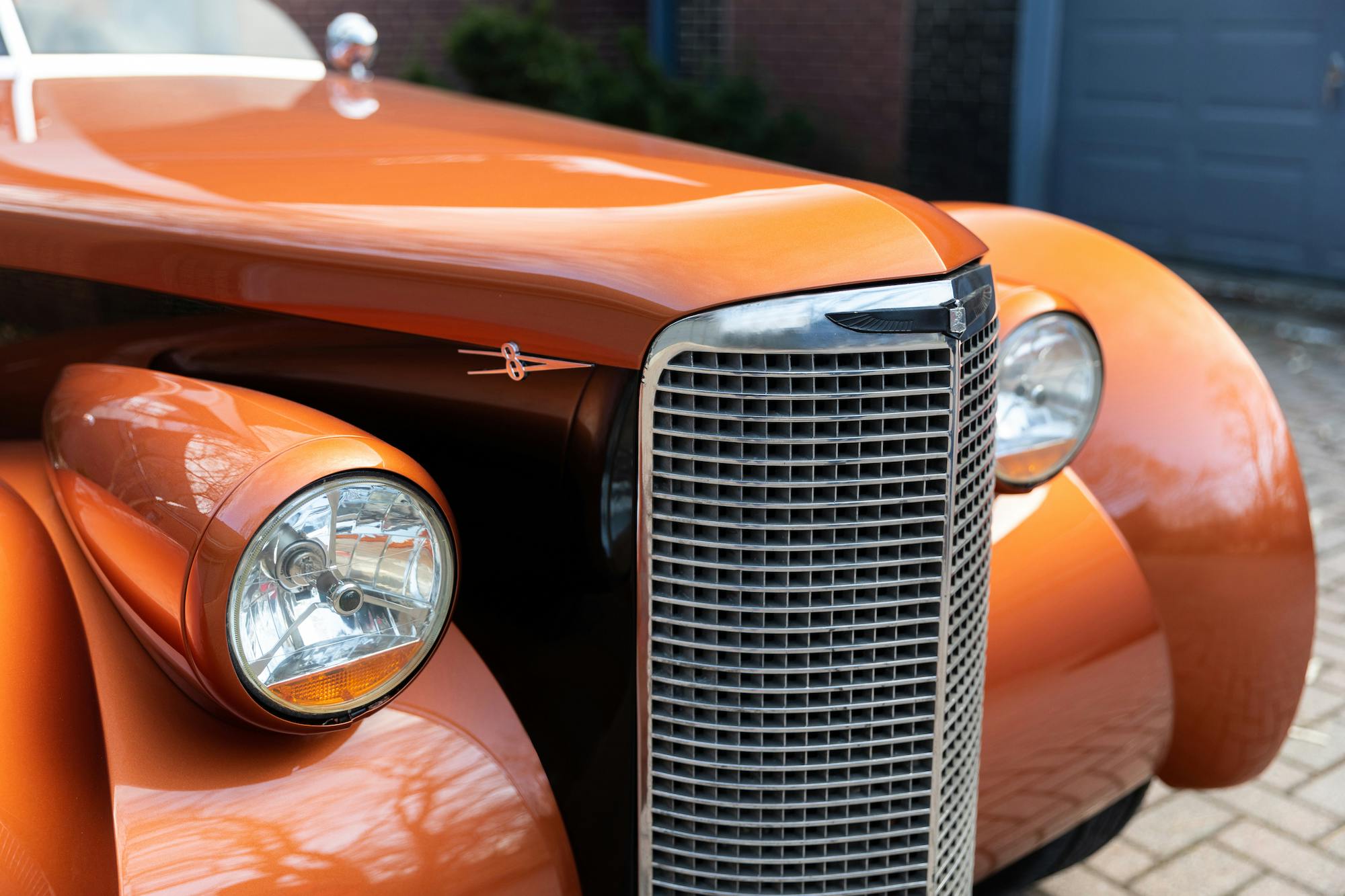
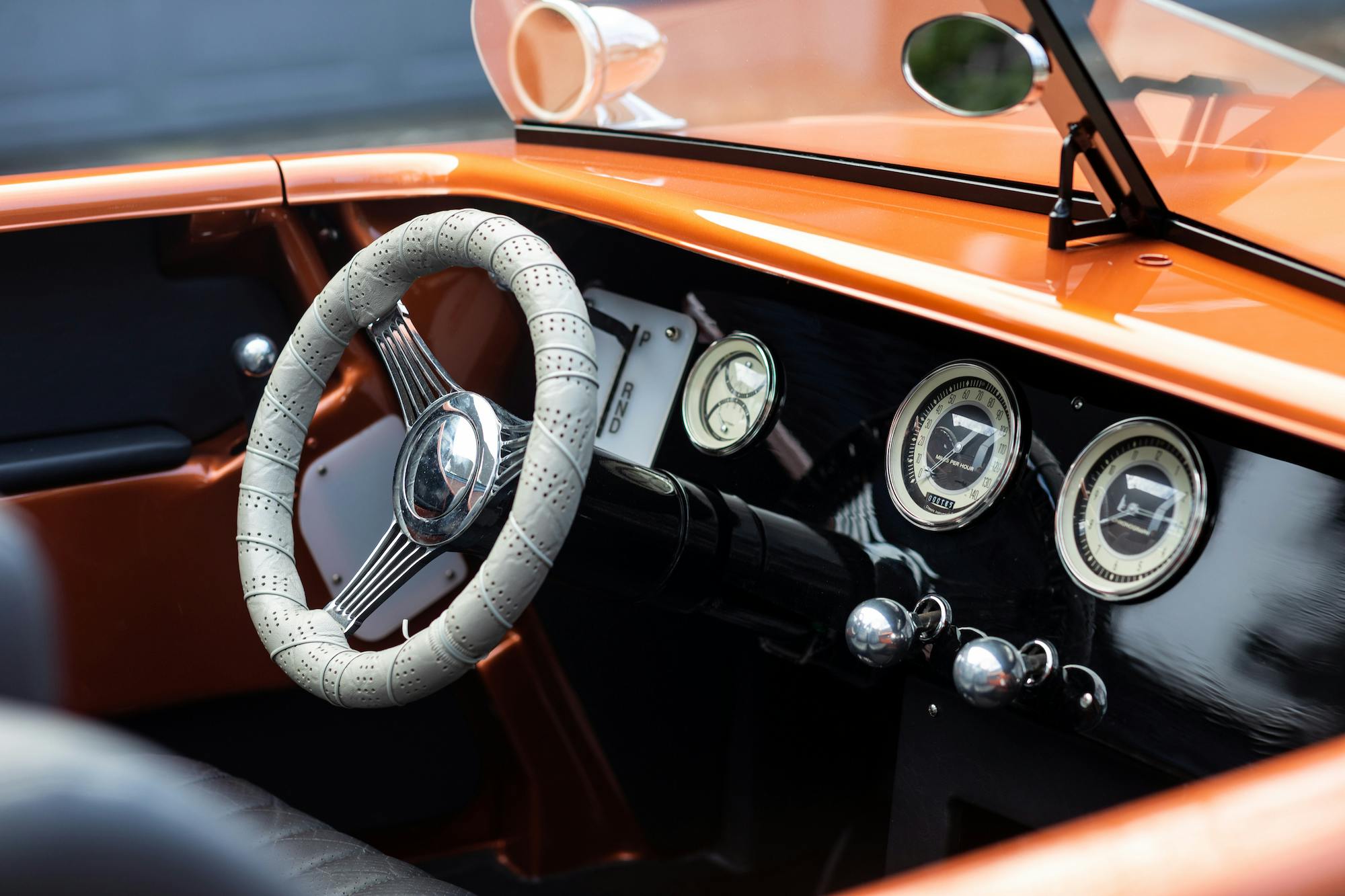
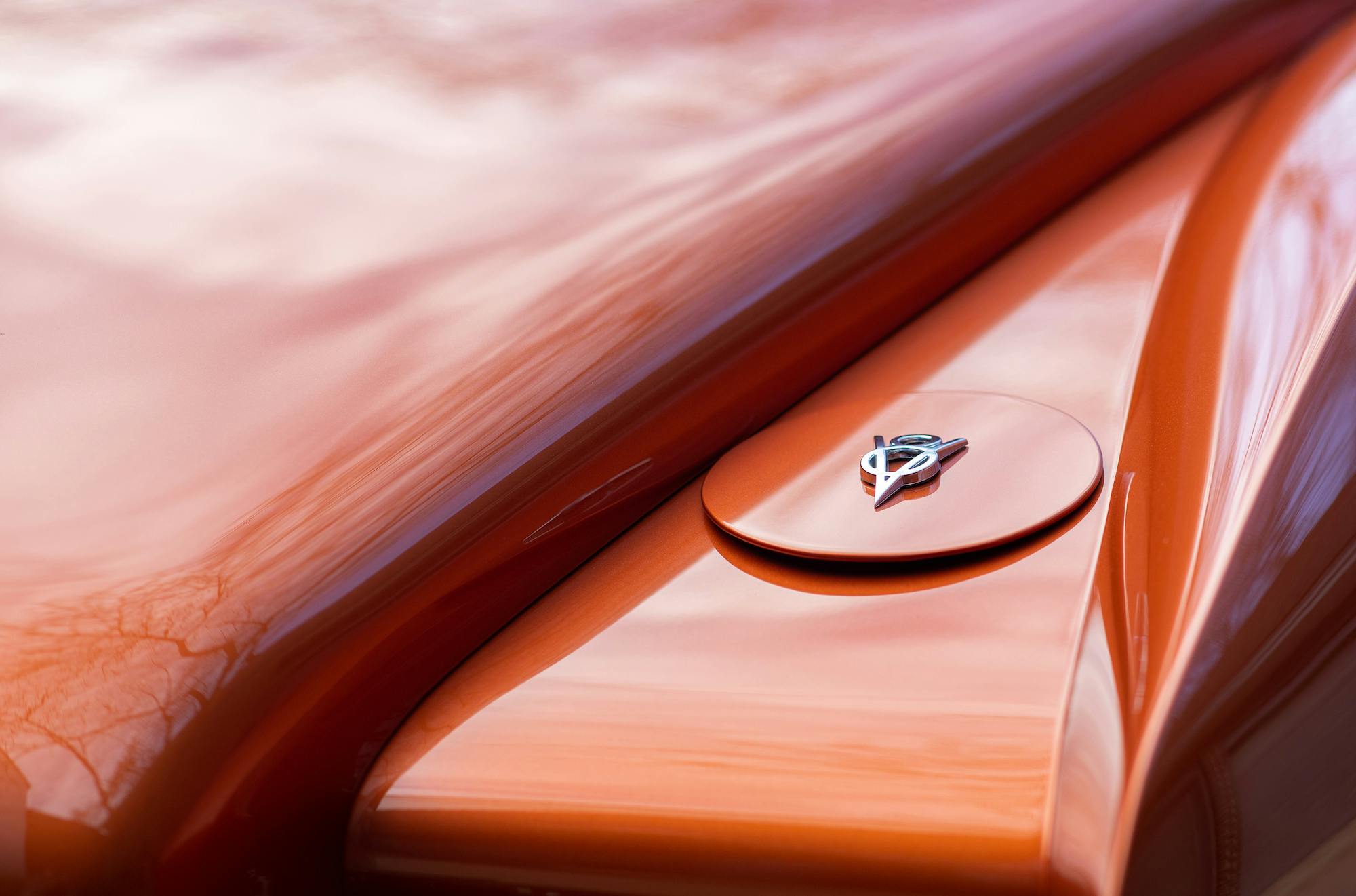
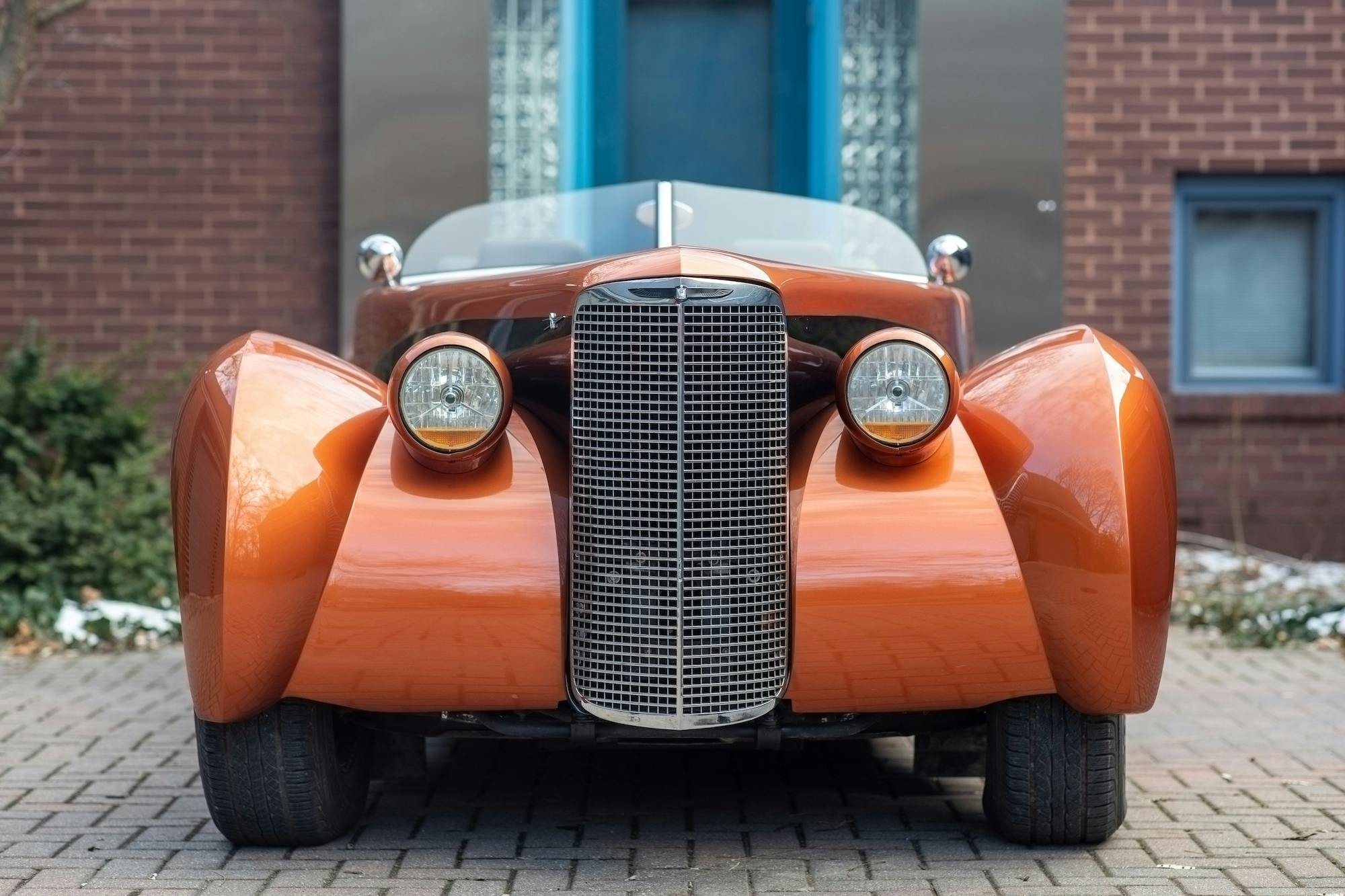
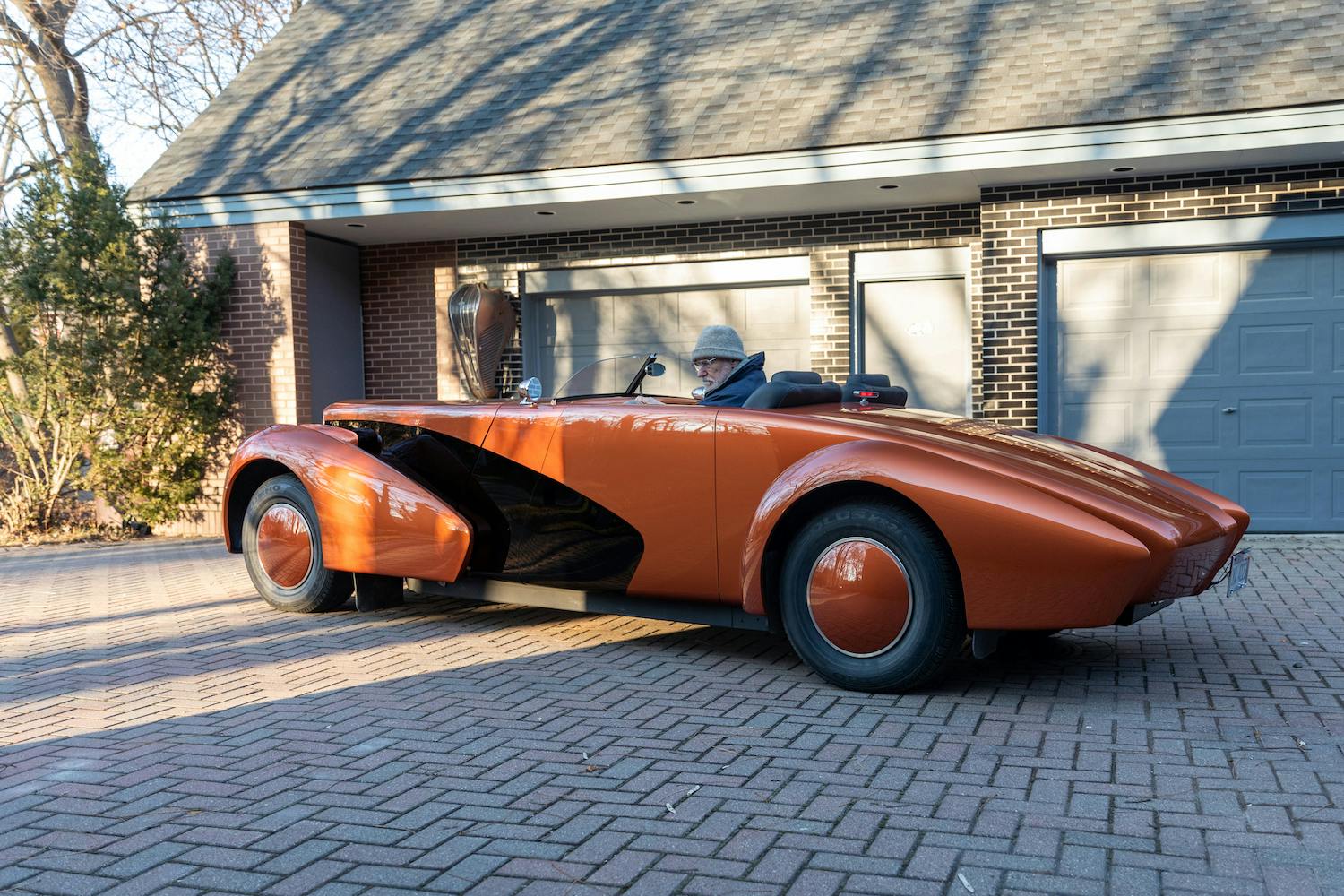
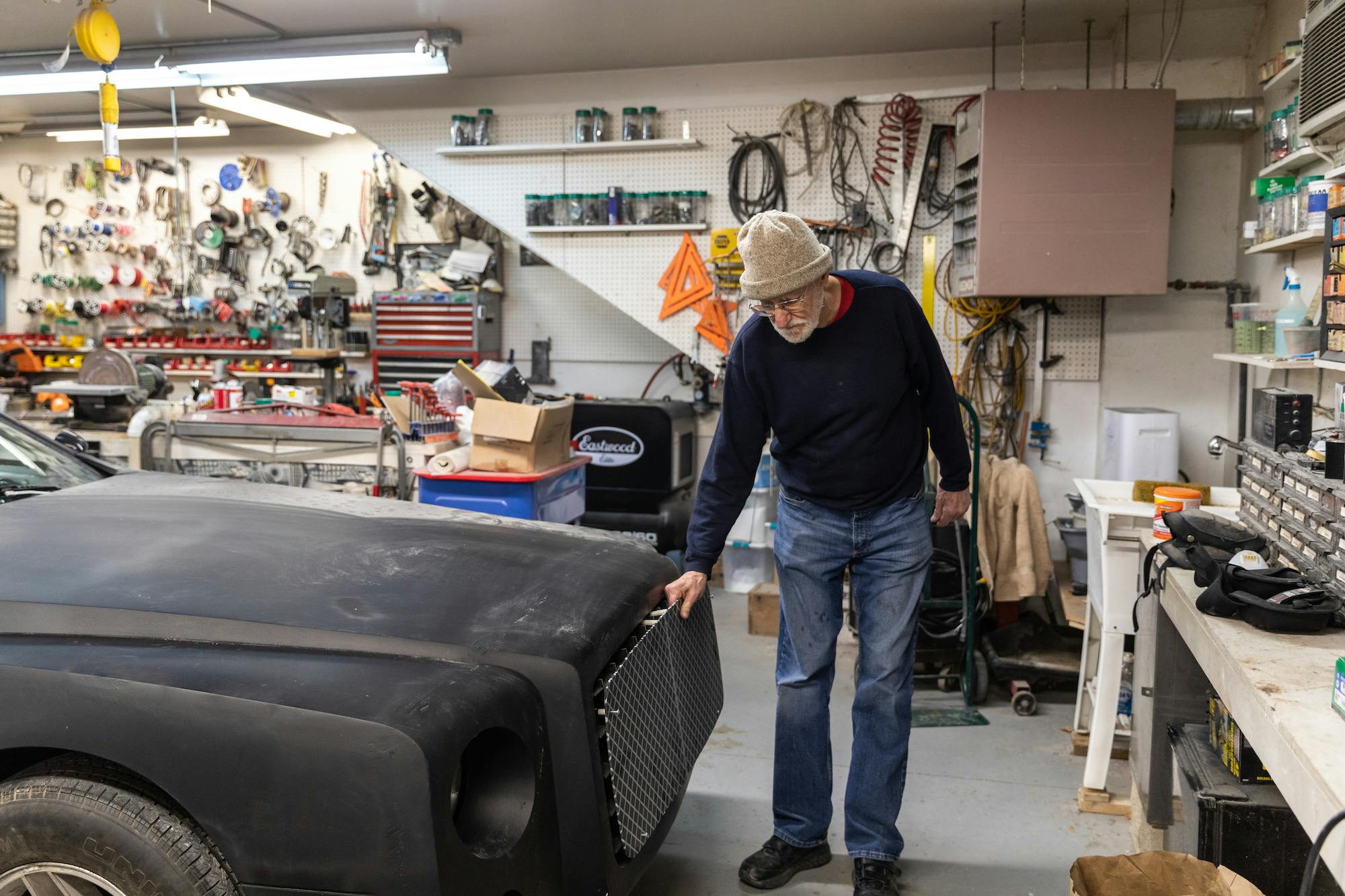

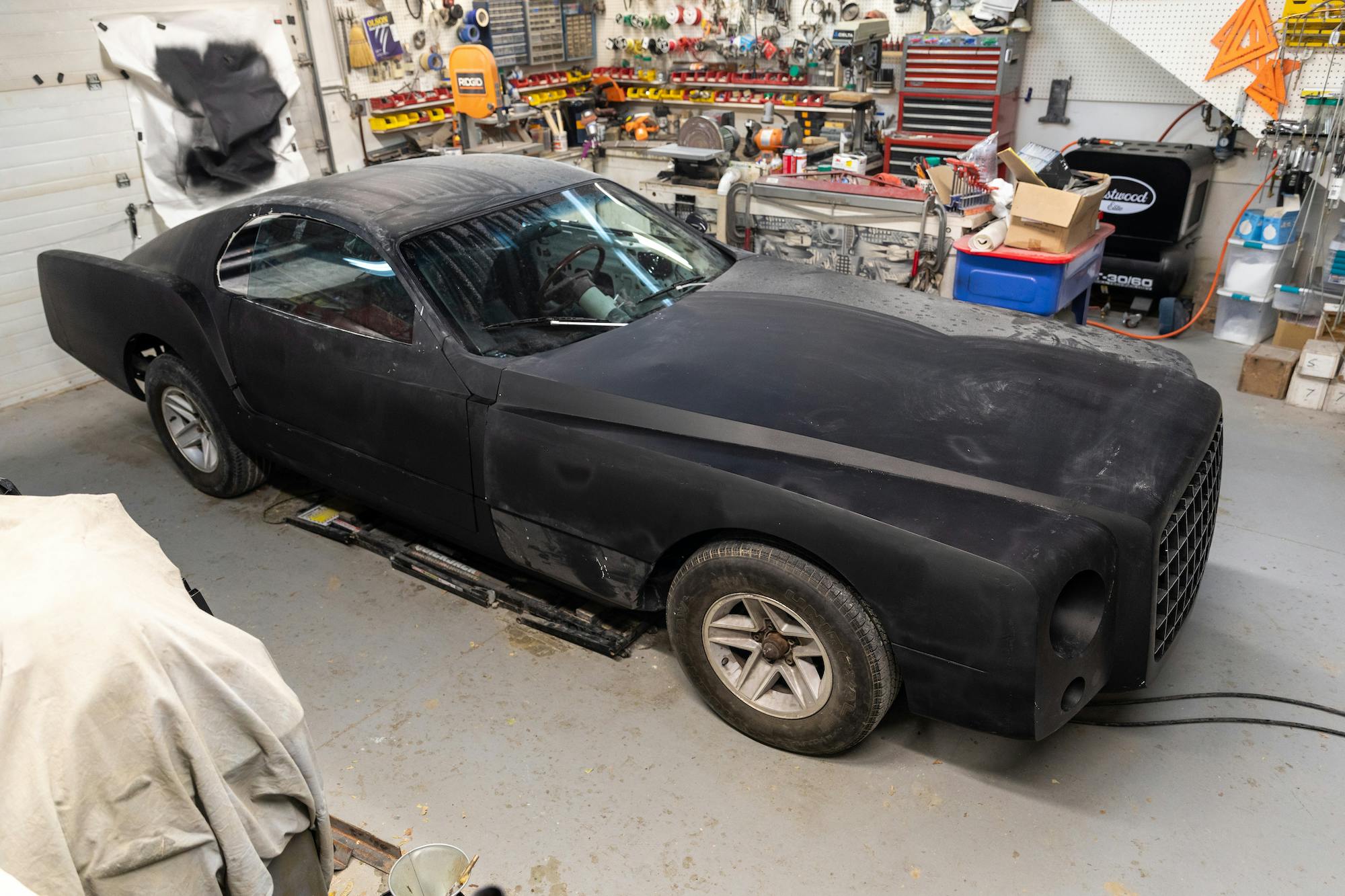
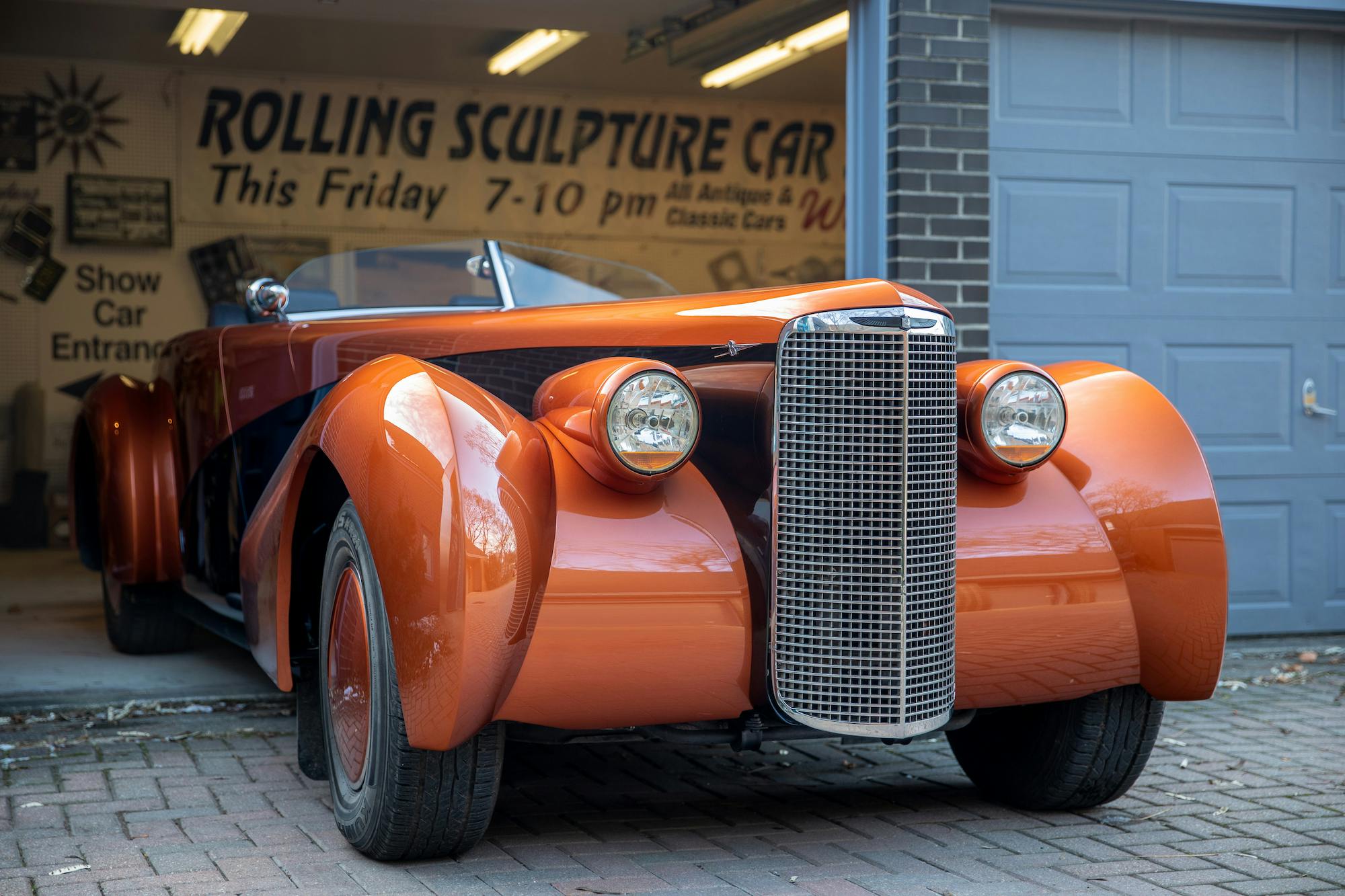
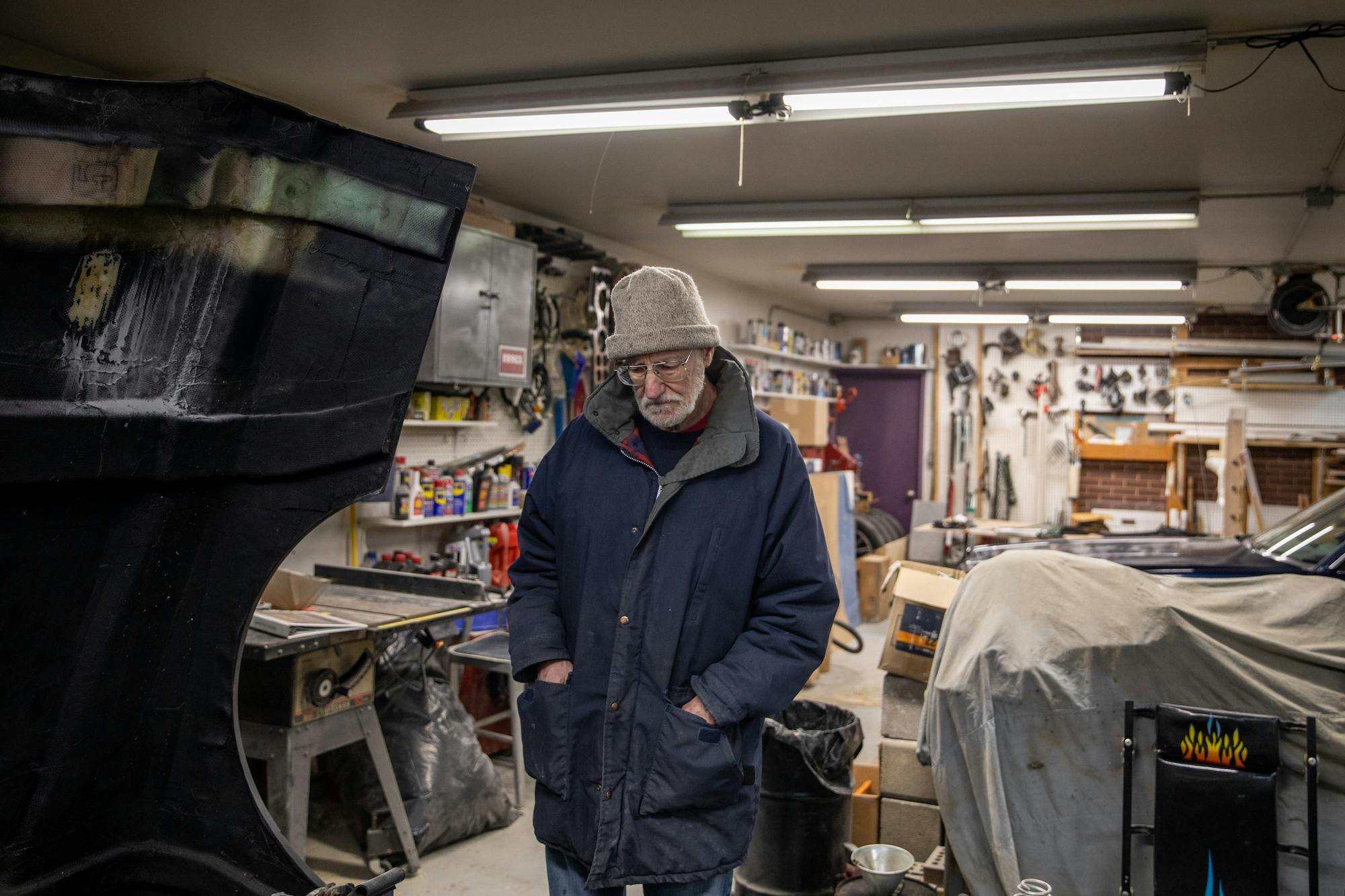
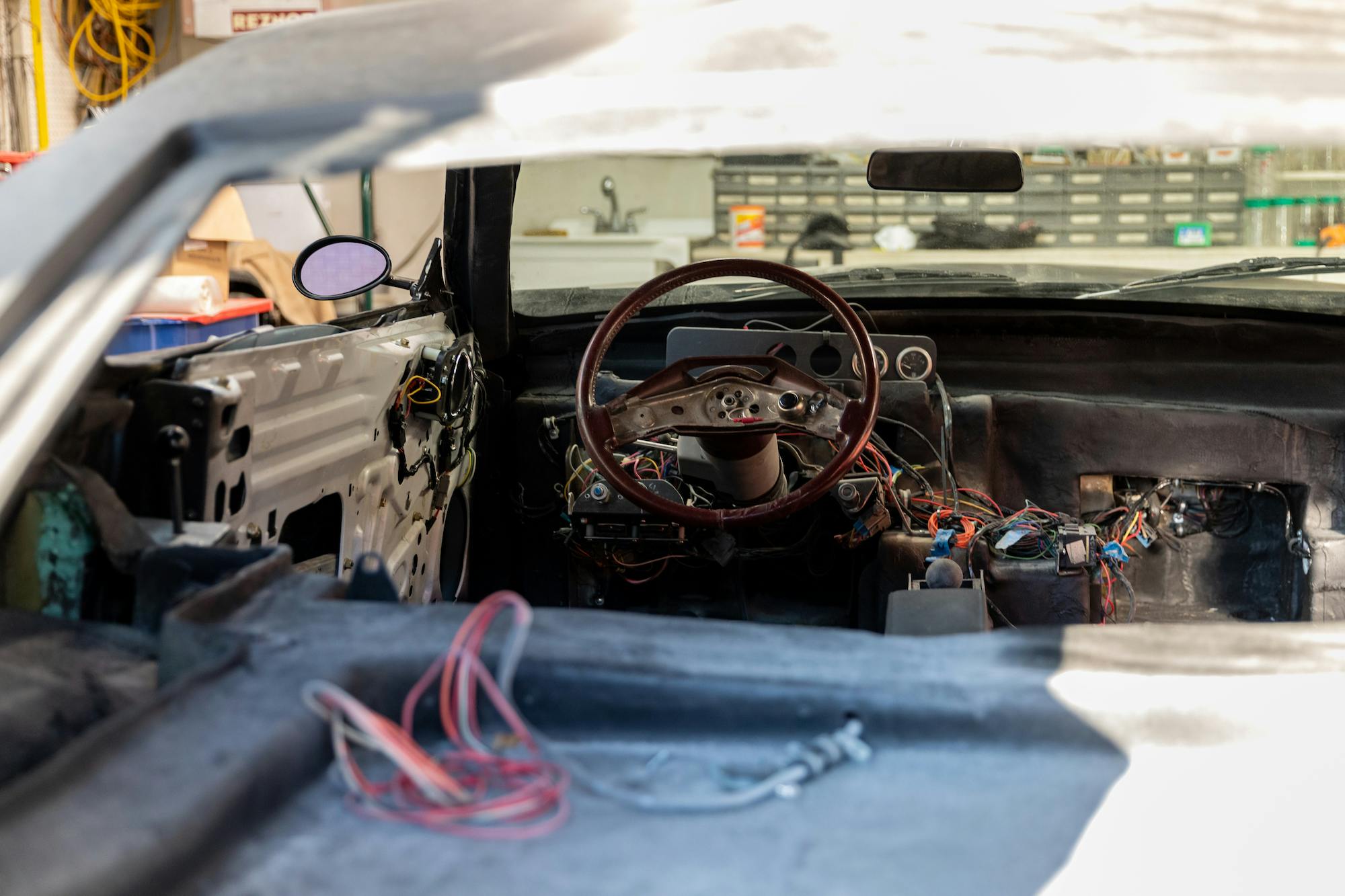
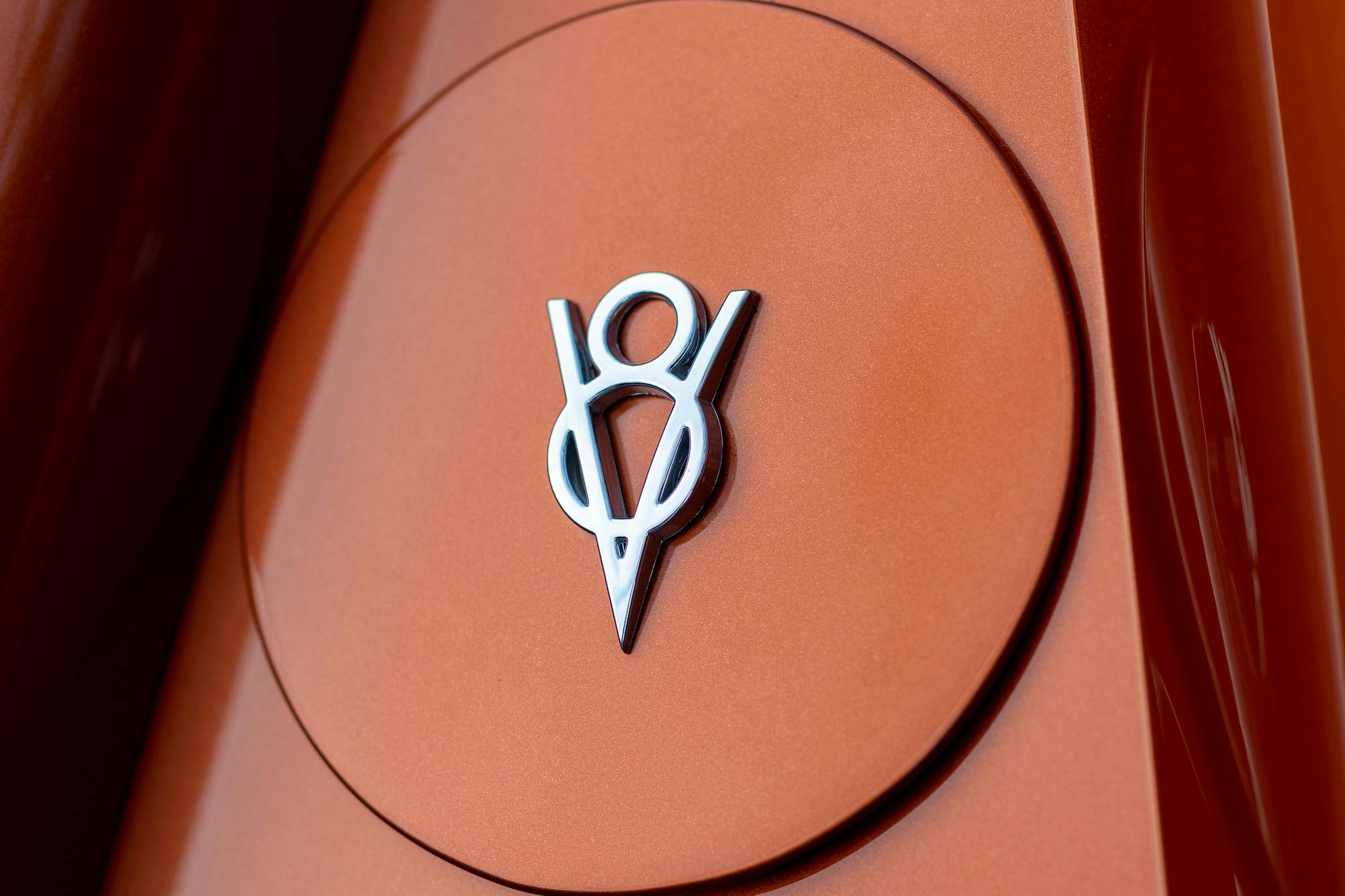
















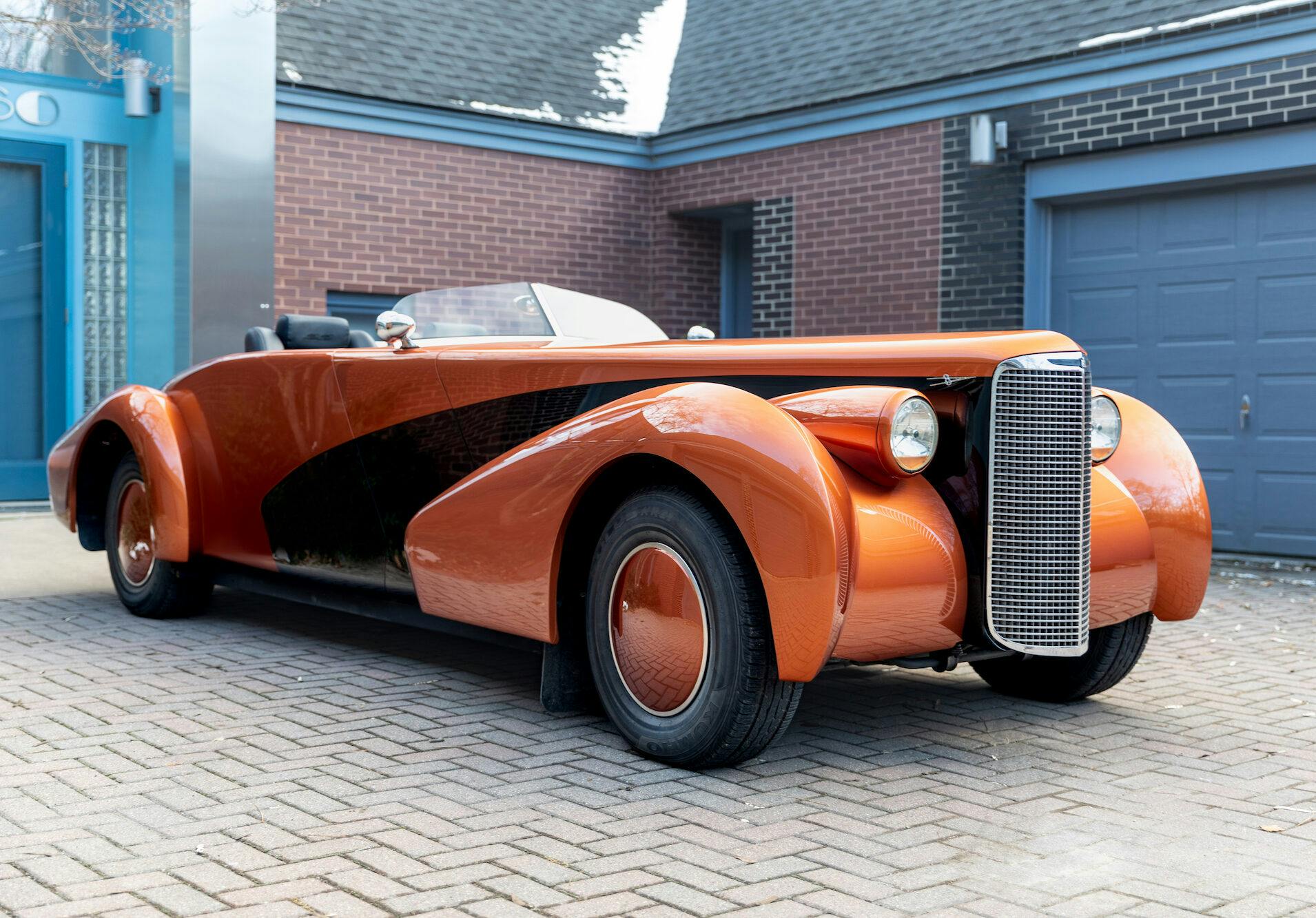
The convertible turned heads in primer, and it’s a real stunner painted.